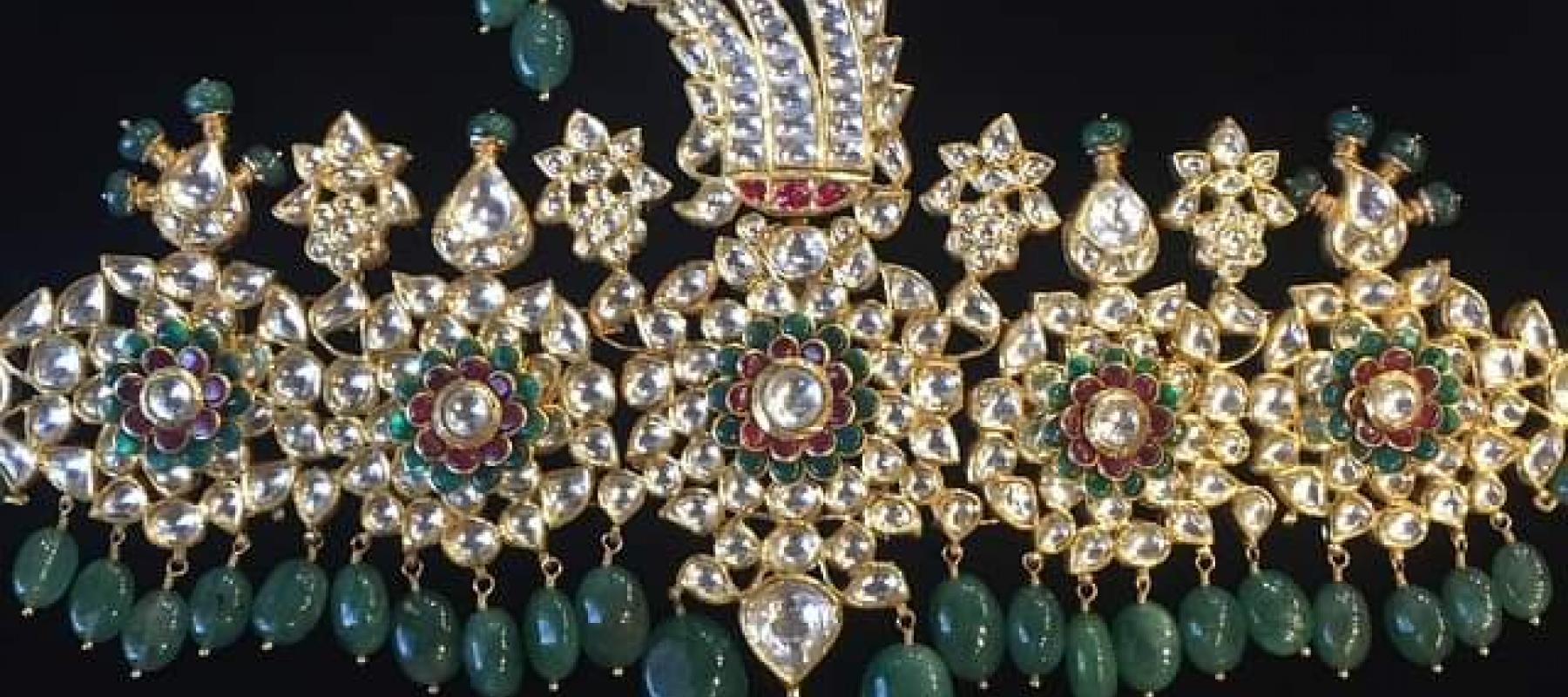From the time of the Harappan Civilization, the people of the land of the five rivers wore jewellery made from the various metals. Right from the head to the feet, there are distinct jewellery pieces to highlight the beauty of the Punjabi people. Earlier, men wore jewellery regularly, but these days they wear it only on their wedding. Apart from human beings, idols of gods and goddesses and even ceremonial animals like elephants, cows and horses wear jewellery. Jewellery in ancient times was not just an adornment, but each stone was endowed with a mystical quality, and used as protection against evil forces. The ‘navaratna’ or nine gems, each sacred to a planet, are worn in a particular order.
The significance of jewellery in the life of Punjabis is evident from the gifts they receive from their own birth to the birth of their children. Traditional Punjabi jewellery was made of gold, which was carved, and the Mughal rule further embellished Indian jewellery by bringing in kundan (glass work) and polki (uncut diamonds) work, as well as reviving minakari (enamel work), whose traces were first found in ancient Taxila. This walk will cover the evolution of Punjabi jewellery right from the Gold Saggi Phul, Laung and Rani Haar to the contemporary pieces of today.
The walk will begin from the Prachin Shri Shiv Mandir, Sector 8C, where the participants will learn about the differences in jewellery worn by human beings and gods, as well as by their vaahans (animals). After this, we will move on to the highlight of the walk, which will be a personalised description of jewellery pieces and their making at Anaha Jewellery.
This guided tour is free.


